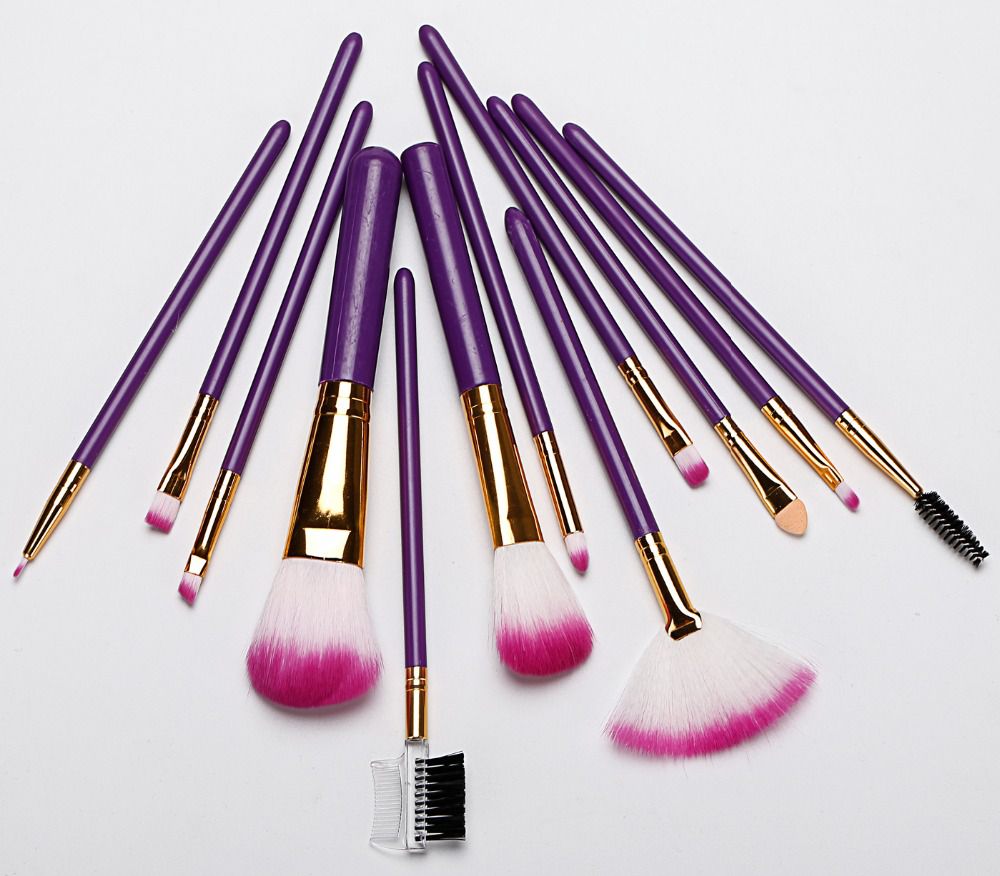Industry news
Antistatic Bristle Coatings: Reducing Powder Fallout with Conductive Polymer Technology
- 934 Views
- 2025-06-28 10:25:18
Antistatic Bristle Coatings: Reducing Powder Fallout with Conductive Polymer Technology
Powder fallout remains a persistent frustration for makeup enthusiasts and professionals alike. Whether applying loose powder, blush, or bronzer, the unintended release of product onto skin or clothing not only wastes cosmetics but also disrupts the precision of makeup application. A key culprit behind this issue? Static electricity in brush bristles. Traditional synthetic bristles—often made from nylon or polyester—easily accumulate static charge through friction with packaging or skin, creating an electrostatic field that traps powder ps. When the brush is used, these charged ps dislodge unpredictably, causing fallout.
For years, manufacturers have addressed this with temporary fixes: adding topical antistatic sprays or blending conductive fibers into bristle bundles. However, sprays wear off after washing, and blended fibers often compromise bristle softness or durability. Today, a breakthrough solution is emerging: antistatic bristle coatings powered by conductive polymer technology. This innovation offers a permanent, performance-enhancing alternative that targets the root cause of static-related fallout.
Conductive polymers—such as polyaniline, polypyrrole, and PEDOT:PSS—are organic materials with conjugated molecular structures, enabling them to conduct electricity. Unlike metal-based conductors, these polymers are lightweight, flexible, and compatible with the delicate nature of cosmetic brush bristles. When applied as a nanoscale coating, they form a continuous, conductive layer on the bristle surface, acting as a "static dissipator." As the brush moves, the polymer coating channels accumulated static charge away from the bristles, neutralizing the electrostatic field that attracts and traps powder ps.

The application process is equally innovative. Using advanced techniques like dip-coating or plasma-enhanced chemical vapor deposition (PECVD), manufacturers apply the conductive polymer in layers as thin as 10-50 nanometers—thinner than a human hair. This ultra-thin coating adheres tightly to bristle surfaces without altering their natural softness, elasticity, or texture. Importantly, the coating is water-resistant and abrasion-resistant, ensuring it remains effective even after repeated washing—a critical advantage over temporary antistatic treatments.

The benefits of this technology extend beyond reduced fallout. By minimizing static, conductive polymer coatings improve powder adhesion to bristles, allowing for more controlled pickup and release. This means makeup artists can achieve more precise application, from subtle dusting to bold color payoff, while consumers waste less product. Additionally, the neutralized bristles are less likely to attract environmental dust or lint, keeping brushes cleaner for longer.
Market demand is driving rapid adoption. As consumers increasingly prioritize high-performance, low-waste beauty tools, brands are seeking ways to differentiate their products. Conductive polymer-coated brushes not only solve a common pain point but also align with sustainability trends: less product waste translates to a smaller environmental footprint. For manufacturers, integrating this technology requires minimal adjustments to existing production lines, making it a cost-effective upgrade for premium brush lines.
In an industry where detail matters, antistatic bristle coatings represent a quiet revolution. By leveraging conductive polymer technology, makeup brush manufacturers are not just reducing fallout—they’re redefining the standard for precision, durability, and user experience. As this technology scales, we can expect to see it become a benchmark for quality, ensuring that every sweep of a brush delivers the flawless results consumers and professionals demand.












